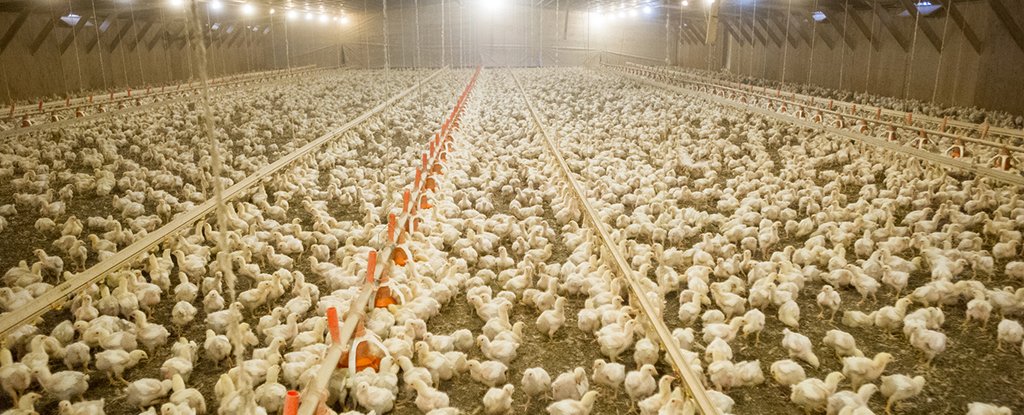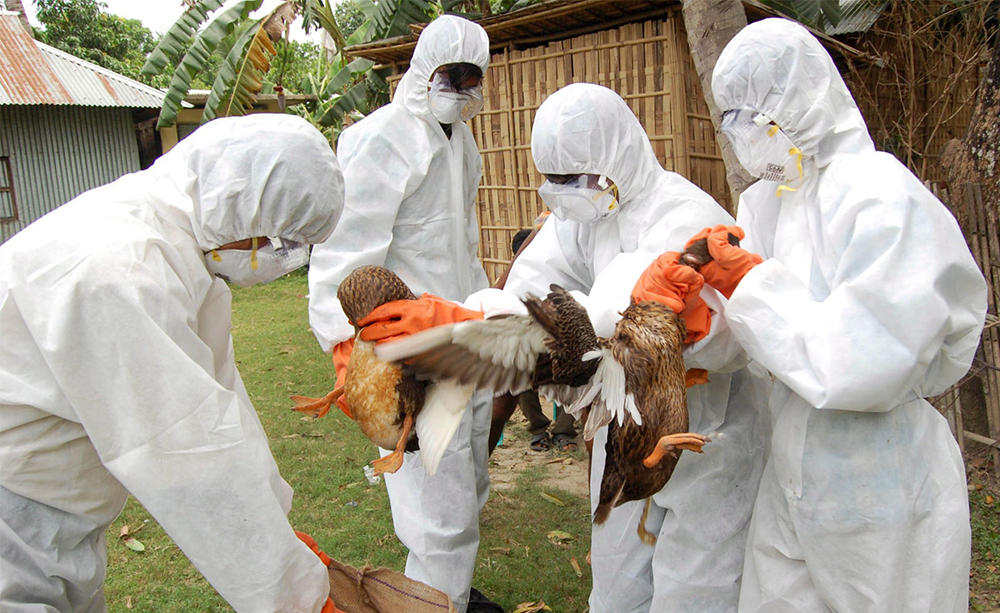The chief researcher warns about an especially high mortality rate in people brought on by H5N1 strain.

The World Health Organization has expressed concern over H5N1, an extremely high – mortality bird flu strain that spreads rapidly through the country.
An outbreak which started in 2020 has claimed millions of poultry have died or even been murdered as a result. The WHO stated the virus had just recently spread to many animal types including domestic cattle in the US, which makes it much more likely to spread to individuals.
World Health Organization chief medical officer Jeremy Farrar told reporters in Geneva it remains a “critical issue.”
Cows and goats have been put into the animals ‘list last month since they’d been declared immune to the influenza strain, specialists said. Not very long ago, US officials announced that a single male in Texas was recovering from avian flu after interacting with dairy cattle. Wild birds had infected 16 herds in six states, officials said.
Farrar characterized the a (H5N1) variant as A global animal pandemic with potential to spread to humans.
He said he feared the virus may develop and adjust to infect humans and perhaps spread from person to person after originally infecting other, chickens, and ducks animals.
No proof for H5N1 transfer to human beings has been discovered. Farrar mentioned that within the last twenty years there have been numerous human infections by animals and the mortality rate is extraordinarily high as the body is lacking in natural immunity to the virus.
The world Health Organization states it has confirmed 889 confirmed cases and 463 deaths from H5N1 globally in twenty three nations from 2003 to 2024, with a case death rate of 52%.
The recent US incident of an infected individual becoming infected from contact with a sick animal highlights the risk. Farrar pointed out the virus is evolving closer to humans because it enters the mammal population and is searching for hosts.
Farrar backed increased surveillance, saying the more frequent the human infection is, the much more stable the virus will end up.
But if I contracted H5N1 and die, that could be the end of it. “The cycle begins if I pass it onto somebody else within the community.”

Work was being carried out on treatments and vaccines for H5N1 and it was essential that health authorities globally were ready to identify the disease, he said.
Farrar pointed out the steps are being taken in view of any case of H5N1 spread from person to person, emphasizing the need for equal access to vaccines, tests and treatments.